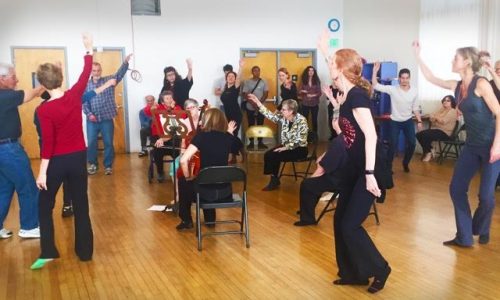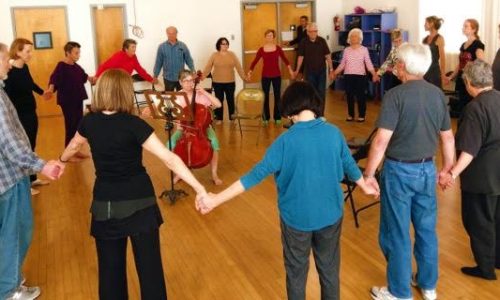I have performed therapeutic music sessions in hospices, hospitals, paediatric wards, dementia wards, A&E, care and nursing homes, and in private home settings.
Who can benefit from a therapeutic music session?
Everyone who is listening! The focus is specifically for people suffering from anxiety, sleep loss, depression, or the effects of long-term illness as well as for those in intensive care or hospice. Happily, there are residual benefits for anyone who is nearby; including caretakers and family members.
What are the effects of the music?
A trained and experienced therapeutic musician can facilitate music towards decreasing pain, lowering blood pressure, reducing anxiety, stabilising heart rate, and much more.
How long does a therapeutic session last?
The length of each session varies based on the needs of the person listening. Sometimes a session only lasts five-minutes and other times as long as sixty-minutes; as determined by the wishes/responses of the listener.
How is the repertoire chosen?
There is no set repertoire. Instead, music is selected in the moment to adapt to the condition and needs of the person listening. Music is sometimes chosen to provide calm and encourage sleep. Other times the repertoire is more robust and engaging in order to provide focus or lift a listener’s mood and energy.
A session may include classical, Celtic, folk, popular standards, and improvisation.
What does the listener need to do?
No speaking or interaction is needed on the part of the listener unless s/he chooses.
Are sessions in-person or virtual?
Therapeutic music sessions can be in-person or virtual. In either case, it’s essential that the practitioner be able to see the listener in order to observe and adapt the music to their current condition, mood, and state.

